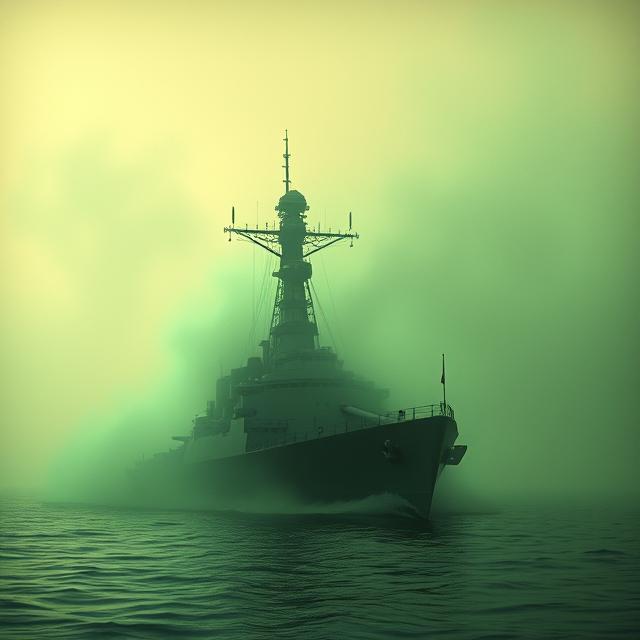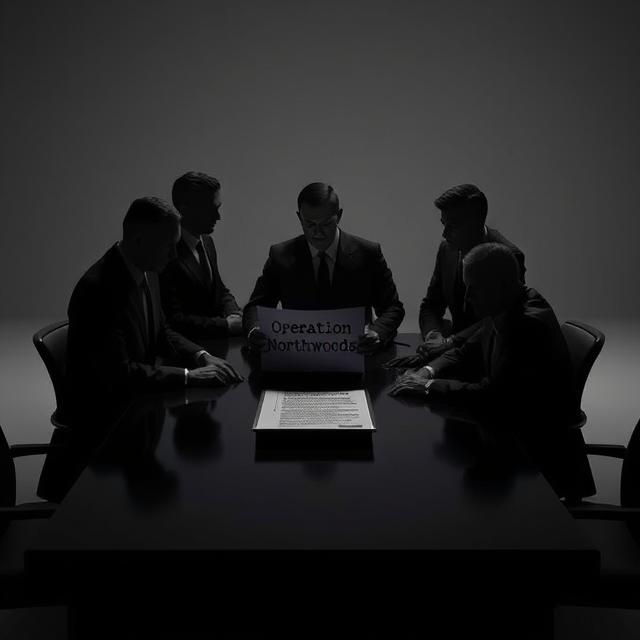The Philadelphia Experiment. The very name conjures images of wartime secrecy, radical science, and a World War II-era naval destroyer allegedly vanishing into thin air, teleporting across vast distances, and becoming invisible to radar. This enduring tale, often whispered in hushed tones within conspiracy theory circles, speaks of bizarre side effects, fused sailors, and a government cover-up of epic proportions. But what is the truth behind this captivating legend? Was the Philadelphia Experiment a genuine attempt at advanced military technology that went horribly wrong, or is it a fascinating case of misinterpreted events, embellished anecdotes, and ultimately, a well-perpetuated hoax? Let us navigate the murky waters of wartime rumors and persistent claims to explore the enigma of the Philadelphia Experiment.
The core of the Philadelphia Experiment legend revolves around alleged events that supposedly occurred at the Philadelphia Naval Shipyard in late 1943. The U.S. Navy destroyer escort USS Eldridge (DE-173) is said to have been the subject of an experiment aimed at making it invisible to enemy radar. According to the most sensational versions of the story, the experiment went far beyond mere radar invisibility.
The narrative claims that as the generators aboard the Eldridge were powered up, a green fog enveloped the ship. Not only did it become invisible to radar, but it also vanished entirely from its location in Philadelphia, purportedly teleporting hundreds of miles south to Norfolk, Virginia, for a brief period before reappearing back in Philadelphia.
The tales become even more bizarre and disturbing with accounts of the crew. Some sailors were said to have been physically fused with the ship’s structure, while others suffered from severe disorientation, mental illness, or the ability to pass through solid objects. A complete government cover-up allegedly ensued to suppress the horrifying truth of the experiment.
The primary source of the Philadelphia Experiment legend is often attributed to Carlos Allende (also known as Carl M. Allen), who wrote a series of strange and cryptic letters to science fiction author Jessup in the 1950s. Allende claimed to have witnessed the events firsthand while serving aboard a nearby merchant ship, the SS Andrew Furuseth. Jessup, intrigued by Allende’s claims, began to investigate, eventually incorporating some of the material into his own book about UFOs and related mysteries.
However, Jessup himself later expressed doubts about Allende’s veracity, and the story gained further notoriety after Jessup’s death by apparent suicide in 1959. Conspiracy theorists often link his death to his investigation into the Philadelphia Experiment, suggesting a government silencing.
Over the years, further “evidence” and anecdotal accounts have surfaced, often lacking verifiable sources or corroboration. Claims of surviving crew members or leaked documents have rarely stood up to scrutiny.
The U.S. Navy has consistently denied that any such experiment involving teleportation or invisibility ever took place. They acknowledge that radar invisibility research was being conducted during World War II, but the scale and nature of the alleged Philadelphia Experiment are firmly in the realm of science fiction.
So, if the core claims of the Philadelphia Experiment are unsubstantiated, how did this elaborate legend take root and persist for so long? Several factors likely contributed:
- Wartime Secrecy: World War II was a period of intense military research and development, much of which was shrouded in secrecy. This environment of clandestine projects naturally breeds speculation and rumors about advanced technologies.
- Misinterpretation of Real Events: It’s possible that witnesses may have observed or heard about genuine wartime experiments, such as those involving radar camouflage or magnetic field manipulation, and misinterpreted or exaggerated what they saw. The “green fog” could potentially be linked to electrical phenomena or experimental camouflage techniques.
- The Power of Suggestion: Once the story gained traction, individuals may have convinced themselves that they remembered or witnessed related events, even if those memories were fabricated or influenced by the narrative.
- The Allure of the Unexplained: The idea of radical scientific breakthroughs hidden by the government is a recurring theme in conspiracy theories, tapping into a desire to believe in extraordinary possibilities and hidden truths.
- The Allende Letters: The cryptic and often contradictory nature of Carlos Allende’s letters provided a fertile ground for interpretation and embellishment, allowing the legend to evolve and become more sensational over time.
- Science Fiction Tropes: The concepts of invisibility and teleportation are common in science fiction, and the Philadelphia Experiment narrative borrows heavily from these tropes, making it a compelling and imaginative story.
The lack of any credible scientific basis for the alleged teleportation and invisibility on the scale described is also a significant point of contention. The energy requirements and the fundamental laws of physics as we understand them make such feats highly improbable, especially with the technology available in the 1940s.
The “evidence” presented for the Philadelphia Experiment is largely anecdotal and lacks verifiable documentation. No official Navy records confirm the bizarre events described, and the accounts of alleged witnesses are often inconsistent or based on hearsay.
The enduring appeal of the Philadelphia Experiment likely lies in its blend of wartime mystery, advanced technology, and the tantalizing possibility of scientific breakthroughs hidden from public knowledge. It’s a story that sparks the imagination and raises questions about the limits of science and the secrets governments might keep.
However, when the layers of the legend are peeled back, what remains is a fascinating case study in the power of rumor, misinterpretation, and the human desire to believe in the extraordinary. While the idea of a ghost ship teleporting through space and time is captivating, the evidence strongly suggests that the Philadelphia Experiment, in its most sensational form, is more likely a product of wartime whispers and imaginative storytelling than a documented reality. The ghost ship of Philadelphia, it seems, exists primarily in the realm of myth.
Want to explore the shadows even deeper? For more chilling cases like this, visit SinisterArchive.com, where the legends are real.



